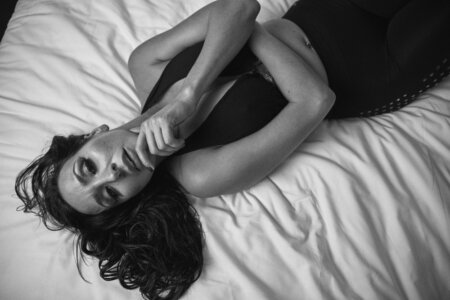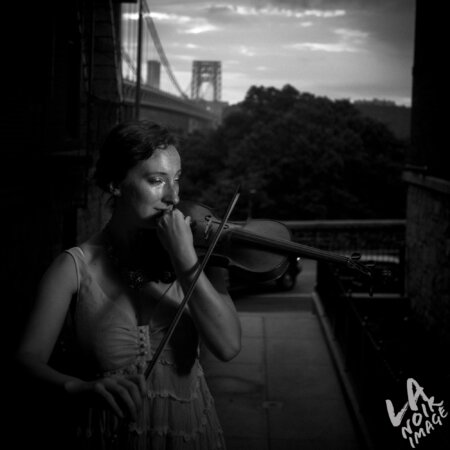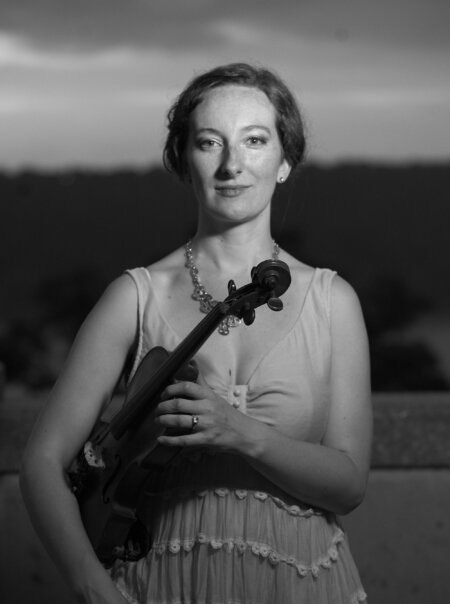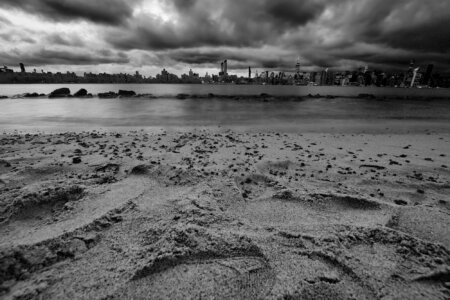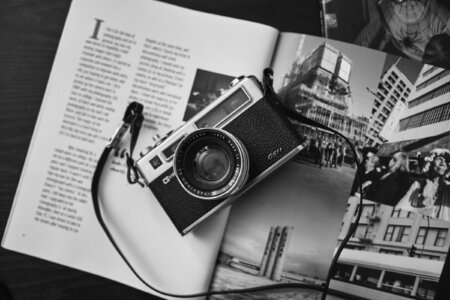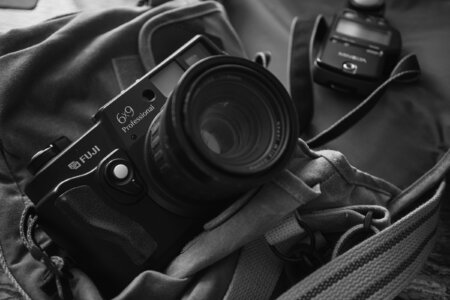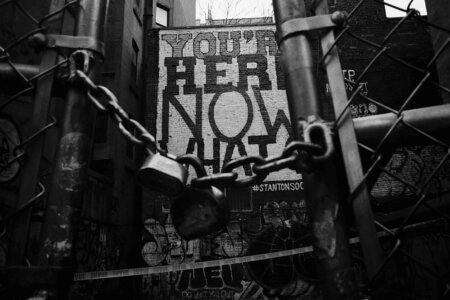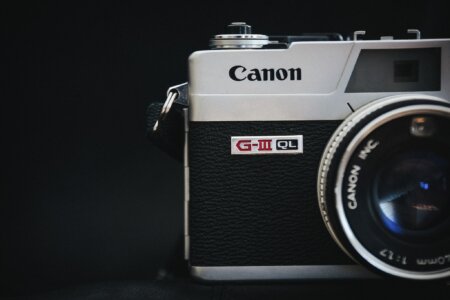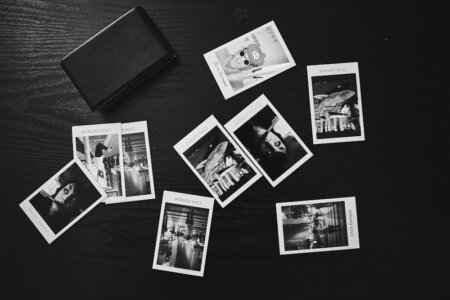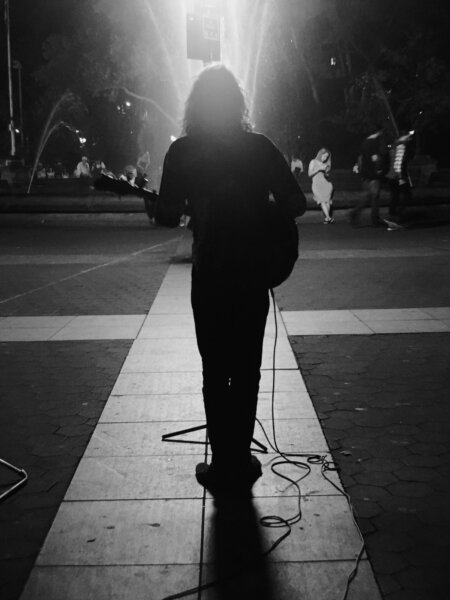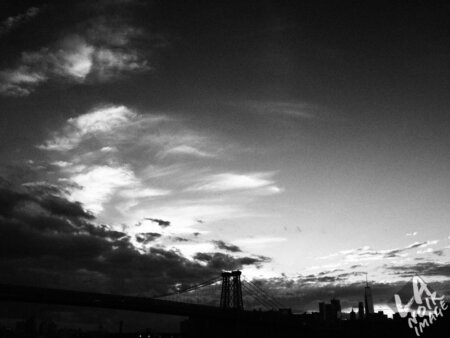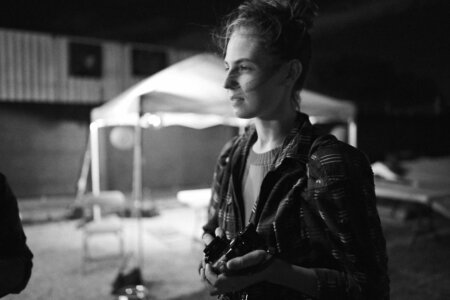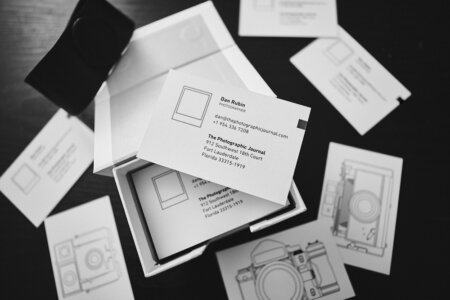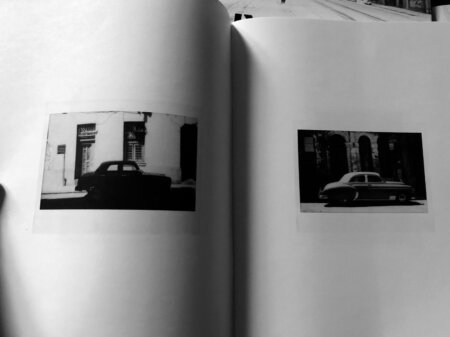This is going to sound a bit odd, I mean how the heck are megapixels and black and white correlated? Does it have to do with details? Well, no; not really. Instead it has to do with the capabilities of your camera sensor and more often than not, lower megapixel cameras aren’t as capable when it comes to editing. Lower megapixel cameras are great when it comes to high ISO output. But with higher megapixels, you often get great dynamic range and colors. Believe it or not, that’s exactly what you want and need here.
An inspiring documentation of the monochrome lifestyle
Tagged Member Only
How to Shoot Better Black and White Portraits With Natural Light (Premium)
Natural light portraiture is a passion of so many photographers out there. But for many of these photographers, there’s a little formula that they always do. It goes something like this: aperture priority, focus on the eye, shoot. That’s it. There’s nothing more to it. And for the most part, it’s copied over and over again because it works. With black and white photography, that idea can surely work. However, there are other things that a photographer can do to create even better photos.
How to Create Light That Isn’t There When Editing a Black and White Photo (Premium)
One of the toughest things to do for many photographers is learning how to light; some people never learn how to understand it while others simply just have no interest in it. But the good news is that at least when it comes to black and white photography, you can get away with it a bit more. Further, you can also create light that will look good in the scene and worry about it just a tad less. You just need to be a bit observant.
How Much Clarity and Sharpness is Too Much Clarity and Sharpness in Black and White Photography? (Premium)
I think we’ve all seen it: photography that follows a simple recipe. It’s in the black and white world and it goes something like this: convert to black and white > raise clarity > raise sharpness > raise contrast > export. Sometimes they’re done well, but more often than not that’s very rare. Most of the time the images look like tacky digital simulations due to people not understanding light and exactly what’s going on. All of this has its roots in the film days.
High Contrast vs Low Contrast Black and White Photo Editing: What’s the Difference?
Take a look at our lead image: would you say that it is a high contrast photo or a low contrast photo? What’s your justification for your answer? The truth is that it’s a medium contrast image that just had the blue and orange channels manipulated. If you were paying attention to our previous tutorial, you’ll understand how color channels can affect a whole lot in the scene that you’re photographing and editing and how white balance compounds on top of that. If you look online, lots of photographers love a specific recipe: black and white > high contrast > clarity raise > export. But the truth is that that doesn’t always work out so well unless it’s done specifically well and lit in a very specific way.
How White Balance Effects Editing a Black and White Photo
Who would’ve ever thought that white balance is something that’s so very important to an image and especially so in black and white? Believe it or not, most people wouldn’t think so. They’re perfectly content with going along with whatever the camera gives them in auto. Even further, many folks never even care to edit their white balance. White balance can surely affect the colors in an image but they’ll really affect the way that the tones in black and white photography works out too. We’re going to show you how white balance can greatly alter your black and white image and the theories behind it.
Long Term Review: Yashica GSN Electro 35 (Premium)
When Yashica hinted at the fact that they were coming out with a new camera, I expected something like the Yashica GSN Electro 35. But instead, I was given something that is much different but that arguably can’t be called a Yashica camera in the sense that we’ve known it to be. It’s something much different. And for me, my reintroduction to film came with the Yashica GSN Electro 35. It was many years ago: companies just didn’t get it back then. I (and apparently many others) wanted a camera that looked good, had retro aesthetics, and that took great photos. To get those aesthetics, I ended up going and getting a Yashica camera. Olympus broke the mold, then Fujifilm, and then everyone else tried getting into it. Yet to this day, no one makes anything quite like those old retro cameras except for maybe Leica.
Rangefinder Camera Review: Fujifilm GW690 III (Premium)
In the medium format world, you’ll find that there are a whole lot of rangefinder cameras, but not a whole lot of good ones–the Fujifilm GW690 III is the exception to that statement. When we talk about medium format rangefinders, lots of folks immediately whisper Mamiya, Bronica, Fujifilm–no one mentions Voigtlander or Zeiss. But as it is, Fujifilm’s highest end rangefinder could could indeed be this. While there were newer cameras to come out with a light meter and all, nothing really matches the sheer size of a gorgeous 6×9 negative. That’s what the Fujifilm GW690 III fires. Originally designed for landscape photographers, it’s found its way into the hands of modern portrait photographers and even street photographers. With a big, bright rangefinder to it and a beautiful 90mm f3.5 lens rendering the equivalent of a 35mm f1.2 in full frame 35mm, there isn’t a whole lot to hate about the Fujifilm GW690 III.
The Truth About Rangefinder Cameras That No One Else Will Tell You (Premium)
Rangefinder cameras are hot; they’ve gone through a period of glory, then spent time in the darkness, then returned, and now they’ve returned again in one of the biggest ways. The type of camera typically associated with Leica and used as an icon for loads of different graphics is indeed something that most folks would want. Though if you’ve never considered one, then you probably may not know where to start or you may have gotten one or two things wrong. Take some advice from someone whose screwed it up a number of times now.
Compact, Fixed Lens Rangefinders for the New Film Photographer (Premium)
Want a rangefinder camera without a whole lot of complications? Look no further.
Instagram Stories Are So Much Better Than Posts
There’s absolutely no secret to this: Instagram posts are at an all time low when it comes to interactivity with your own following. Photographers have been feeling the burn for awhile because it can make clients harder to find and to market to. But what photographers haven’t necessarily known is that Instagram stories is the big thing that helps counter that problem. How?
Building and Using a Portable Photo Studio for Under $750
We’re going to get you started from the ground up.
The Smartphone Photography Apps That You’re Probably Not Using but Should (Premium)
Anyone that has done smartphone photography before in the past knows that the secret to outputting better photos isn’t in the shooting process necessarily but in the post-production process. With that said, you’ll need the best apps that you can get your hands on to do something better. Unlike actual, dedicated cameras, everything with a smartphone is done via software of some sort. Everyone obviously knows about and uses Instagram, but if you’re not exploring other options then you should strongly consider these.
Using Lenses to Make Your Mobile Photography Better (Premium)
It’s just a tool. Nothing more.
How Do Leading Lines Work in Black and White Photography? (Premium)
Leading lines: they’re one of the first things that every photographer learns about when it comes to shooting images in school. If you learned online and without format training, then you probably studied the rule of thirds first. But when you’re looking at a photo, one of the best ways ro artfully create an image that photographers have traditionally been taught is by using leading lines. Call it a rule that needs to be broken, it’s still a very effective one that when done correctly, can trump pretty much any other rule out there with the exception of using text in an image. For many years, black and white photography was the way to go. But when color came around, things changed quite a bit.So let’s explore leading lines and black and white photography.
Review: Fujifilm Instax Square SP-3 Square Instax Format Printer (Premium)
The Fujifilm Instax SP-3 printer is something that many have been looking forward to for a really long time.
Tips For Photographers On Selling Your Prints: From a Person Who Buys Prints (Premium)
What do you think of immediately when you say that you’re going to sell a print? Is it just a piece of paper and nothing more? If that’s what you’re doing, then you’re probably selling prints wrong or the person that you’re buying them from isn’t doing it right at all. Because it isn’t done as much, printing is sort of a lost art–or at least it’s starting to become one. The art of bringing your photos into real life though isn’t something that loses its impact. Every time you see a photo of your manifest itself onto a piece of paper or other medium, it should be magical if done right. And that magical experience should be shared with others. But to do that, you have to treat others with the same respect that you would want.
Papers that Every Photographer Serious About Printing Should Try
The best experiences for printing really come when you do it yourself. It’s really convenient to have CostCo, Adorama, or other services print for you. But they offer a very sort of standard type of paper. In fact, if you looked at what company sells the most paper in America, it would be Fujifilm. Fujifilm? Really, you say? Yes. Go to any pharmacy and get your images printed, they’ll be done on a Fujifilm glossy paper. Fujifilm for sure gives the absolute standard for what you get from most kiosks of some sort. But if you’re looking for a different look, it can be a bit confusing. So here are some of our favorite papers.
The Photographer’s Guide to Creating Business Cards That Stand Out (Premium)
The secret to better business cards is not only about having meaningful conversations.
On Making Your Own Photobook: What You Need to Know
“While this may seem like a null issue to some photographers, it’s a big one to others.”
